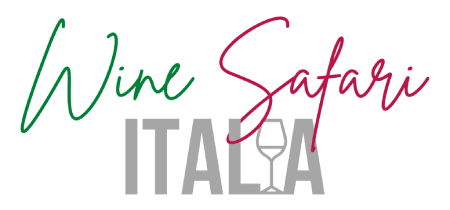/lˈaŋɡe/
- Piedmont
- Vineyard Area: N/A
- Year Appellation Started: 1994
- Appellation Last modified: 2014
- Red Grapes: Barbera, Cabernet Sauvignon, Dolcetto, Freisa, Merlot, Nebbiolo, Pinot Nero
- White Grapes: Arneis, Chardonnay, Vermentino, Nascetta, Riesling Italico, Rossese Bianco, Sauvignon Blanc
- Sparkling
- White (Bianco)
- Rosso (Red)
- Rosato
- Passito
- Sparkling: minimum 85% Freisa + maximum 15% of other grape varieties allowed for cultivation in the region for the monovarietal label.
- Still White Wine: white grape varieties allowed for cultivation in the region. Minimum 85% Arneis or Nascetta or Vermentino or Riesling Italico or Rossese Bianco or Sauvignon + maximum 15% of other white grape varieties allowed for cultivation in the region for the monovarietal label.
- Still Red Wine: red grape varieties allowed for cultivation in the region. Minimum 85% Barbera or Cabernet Sauvignon or Dolcetto or Freisa or Merlot or Nebbiolo or Pinot Nero + maximum 15% of other red grape varieties allowed for cultivation in the region for the monovarietal label.
- Still Rosato Wine: minimum 60% Barbera or Dolcetto or Nebbiolo + maximum 40% of other grape varieties allowed for cultivation in the region.
- Passito: minimum 85% Barbera or Dolcetto or Nebbiolo + maximum 15% of other red grape varieties allowed for cultivation in the region. Minimum 60% Arneis or Chardonnay or Nascetta or Riesling Italico + maximum 40% of other white grape varieties allowed for cultivation in the region.
- Total Production: 146.606 Hectolitres
- White Wine: N/A
- Rose Wine: N/A
- Red Wine: N/A
- Langhe DOC is situated in the province of Cuneo in the Piedmont region. It encompasses a hilly area between the Tanaro and Bormida rivers, including the renowned wine-producing towns of Alba, Barolo, and Barbaresco.
- Langhe DOC produces a diverse array of wine styles, including red, white, rosé, and sparkling wines. The flexibility in grape varieties and winemaking techniques allows for a wide range of flavor profiles and expressions.
